20. Operation: Iraqi Freedom
After the devastating attacks on September 11, 2001, the United States struggled to fight against the regime that Saddam Hussein had created. Two years later, in 2003, the United States along with the United Kingdom and other allies would march into Iraq and finally depose of its ruthless dictator.
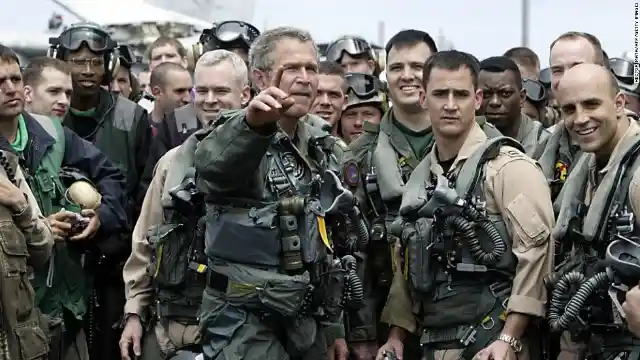
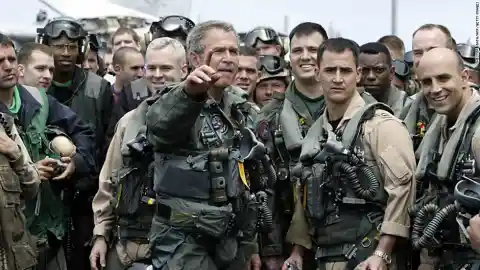
It was during this operation, an artifact of great significance to the country was lost and it would be up to the American military to find it.
19. The Iraq War
The Iraq war began under President George H.W. Bush in 1991 as a direct response to Saddam Hussein’s invasion of Kuwait.
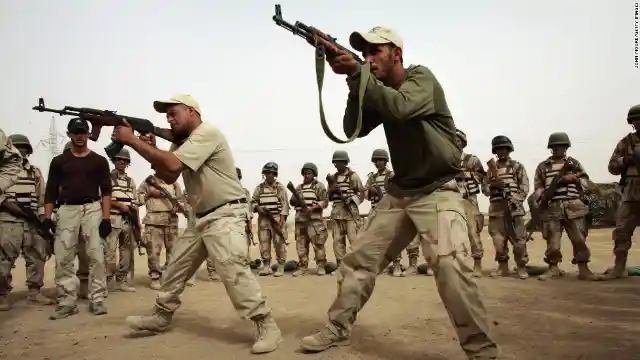

It would take 12 years and an attack on American soil to finally unite the U.S. and its allies into an unstoppable force to take out Hussein and his regime, despite there being peace and stability in the region.
18. The Fall of a Regime
After the fall of Hussein, the country was sieged by violence in the streets as the people turned on one another. It was a time of chaos and terror, where the citizens began to loot local businesses and monuments.
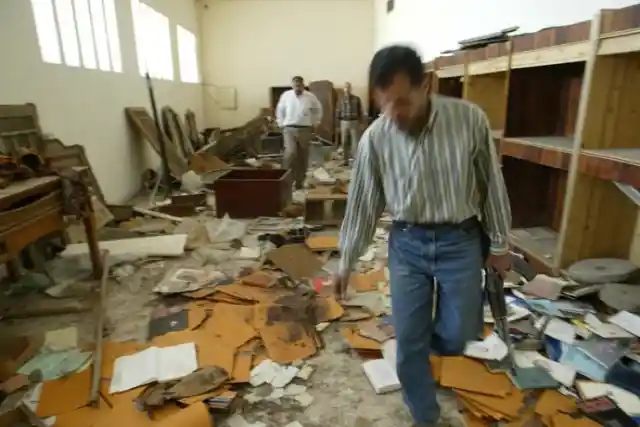
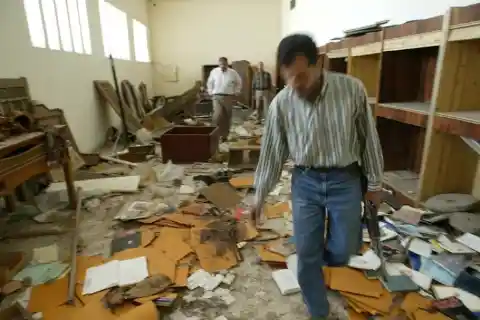
Over 40 precious artifacts were stolen from the National Museum of Iraq during this time. This also included the precious Mask of Warka.
17. An Incredible Discovery
Discovered in 1939 by German archaeologist Dr. A. Noldeke, the Mask of Warka (which is also known as Lady of Uruk) was a unique piece of masonry with a carving of woman’s face. It was located south of what would be modern-day Baghdad.
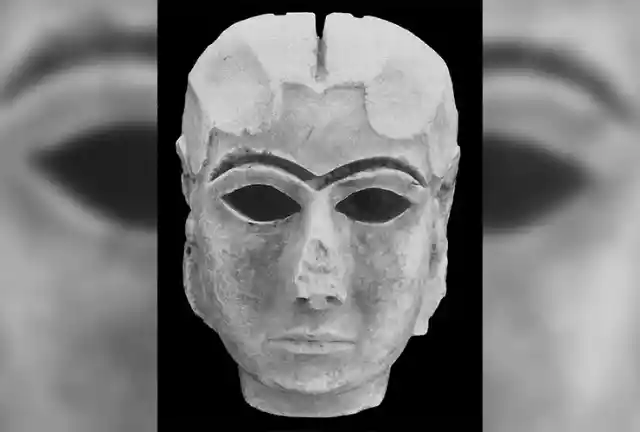

At first Noldeke thought it was a piece of a much larger statue, but he would soon discover it was so much more than meets the eye.
16. The Lady of Uruk
Dr. Noldeke was able to date the mask back to 3100 BC, which meant it was the oldest representations of the human face ever found.
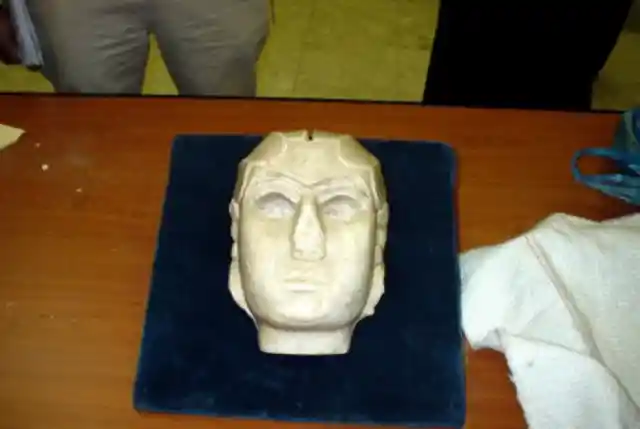
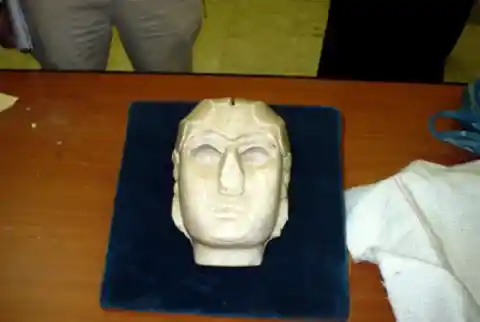
This mean the artifact was an invaluable find.
15. Beautifully Carved from Marble
According to archeologists, the face depicts the goddess Inanna. Carved from stunning marble, the artifact was roughly 8 inches tall and believed to have been part of a much larger statue.

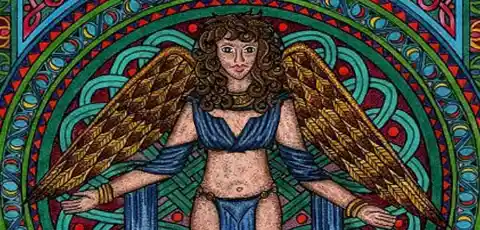
Sadly, after the war and looting, this precious piece of history was now missing.
14. The Hunt Begins
After the fall of Hussein’s regime, the Iraqi police were stretched thin trying to maintain peace and order cross the country.
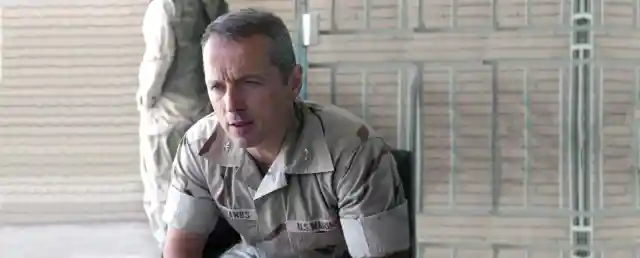
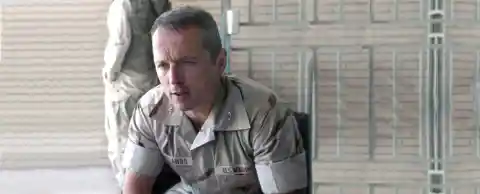
Therefore, it was up to the U.S. armed forces to help recover the missing artifacts. This task would fall on Marine Reserve Colonel Matthew Bogdanos who began his search in April 2003.
13. Canvassing the City
The U.S. forces along with the Iraqi police quickly began to search the city. Thanks to informants and rumors, they were able to trace the artifacts’ movements through the Iraqi black market.
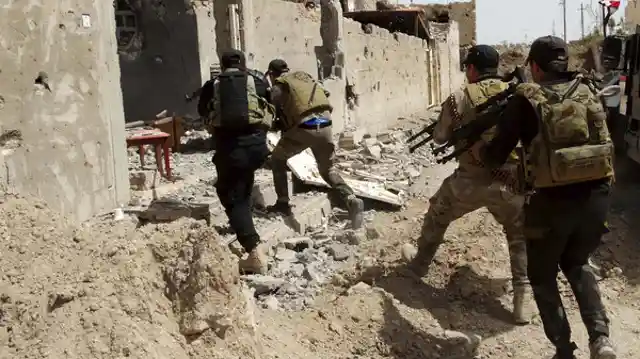
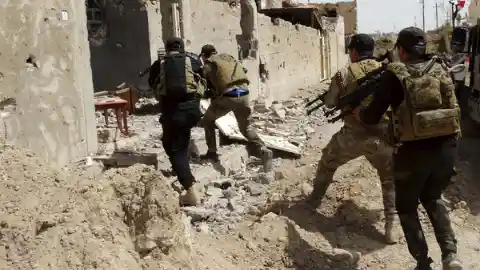
After many hints and clues, Bogdanos and his team were led to an Iraqi informant who believed he knew of the mask’s whereabouts.
12. The Man and the Mask
The informant approached Bogdanos and his team in the refurbished National Museum of Iraq, which had become a base camp for the artifact recovery efforts. He admitted to knowing the whereabouts of several stolen pieces, although he couldn’t identify the mask specifically.
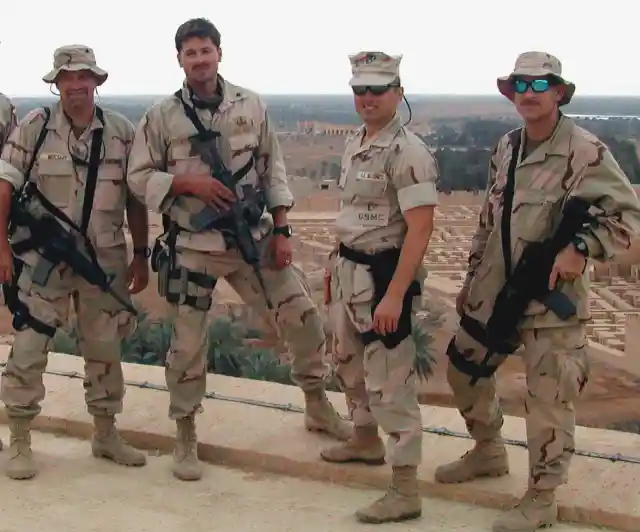
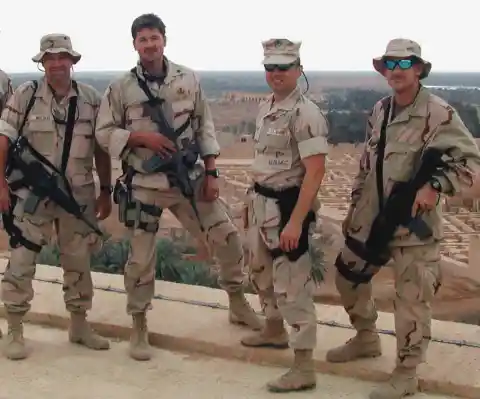
According to the informant, there was the possibility the artifacts were buried on a farm. Is it possible the mask was there? Colonel Bogdanos decided to check it out.
11. The Frightened Boy
Working off of the tips the Iraqi man provided, Bogdanos and his team were led to a terrified boy who was able to give them information that brought the team to a smuggler. The smuggler was very much aware of the farm and knew its location.
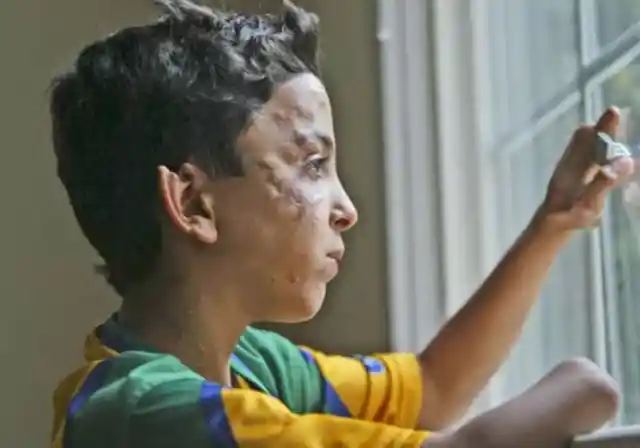
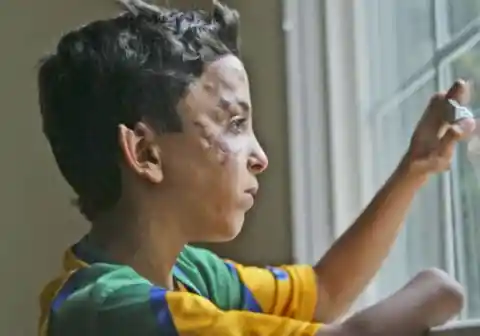
Realizing their lead was solid, the team knew they would first need to perform a reconnaissance mission to make sure the area was safe. They could take no chances with the possibility of a violent retaliation.
10. The Raid is Set
After proper precautions were made, Colonal Bagdanos finally gave the authorization for the raid to commence.
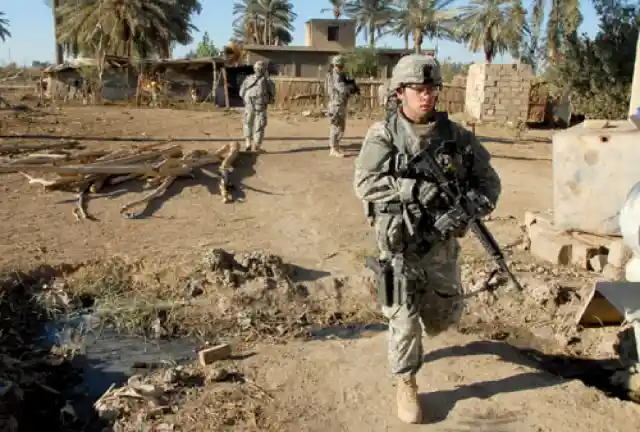
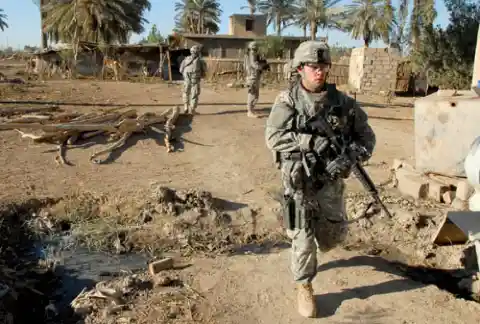
The team quickly stormed the location, despite the fact there was a very slim chance the mask was there at all…
9. Hope Fades
According to Bagdanos, he had very little hope that the mask would be found.
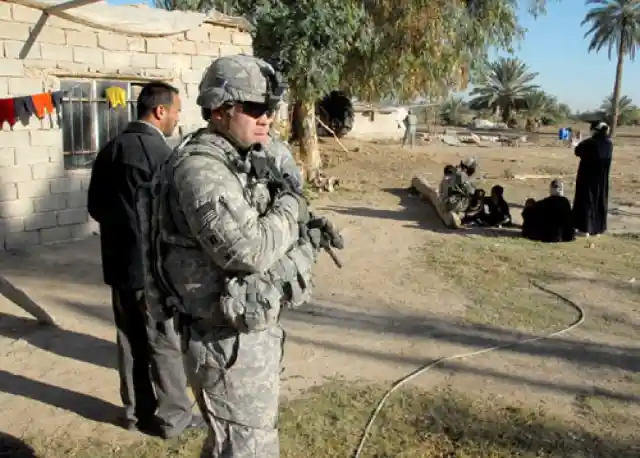
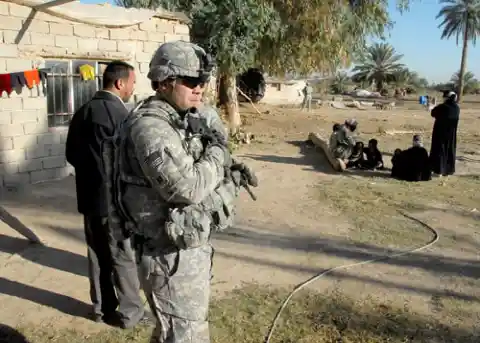
Regardless, the team interrogated the owner of the farm who revealed there were very rare artifacts buried on his property. Is it possible the mask could be one of them?
8. Finally Found
After digging in the dirt on the farm, the Iraqi police came across a group of objects only six-inches of dirt.


Wrapped in rags and plastic bags, the team was thrilled to find that the Lady of Uruk was among the invaluable possessions.
7. Another Insider Tip
Despite having found the stolen artifacts, Bagdanos and his team received another tip that led them to a garden near Tikrit.
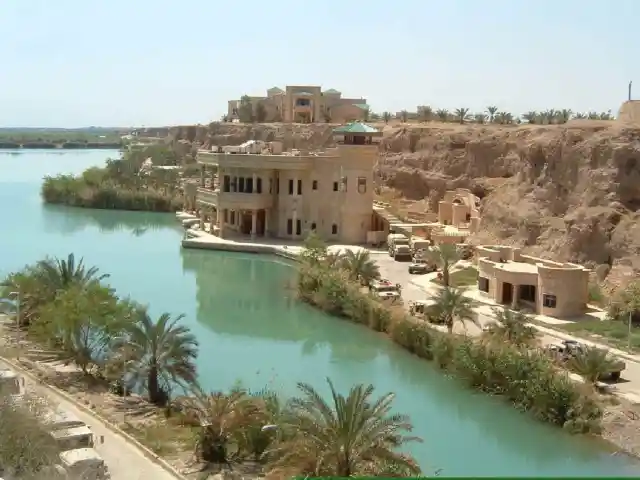

Digging deep in the rock and rubble, the team unearthed a cache of weapons, which also included 23 anti-aircraft missiles.
6. Never in One Place
According to those associated with the Lady of Uruk, the mask never stayed in one place for too long after it was stolen.

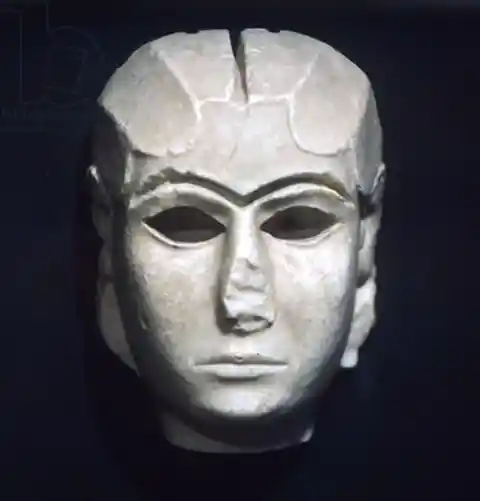
In fact, it was passed from smuggler to smuggler before finally winding up on the farm. Afraid of being arrested, the farmer had buried the items for safekeeping.
5. One Small Piece of a Bigger Whole
As we mentioned before, the mask was considered by archaeologists to be one part of a much larger statue.


Crafted from a rare white marble, it has been determined the rest of the statue was most likely made from wood and other rare metals.
4. More Than Meets the Eye
It is believed that the white marble used for the face was simply the base. It’s expected that the statue was enhanced with gold leaf or copper and the eyes would have had jewels inlaid in them.
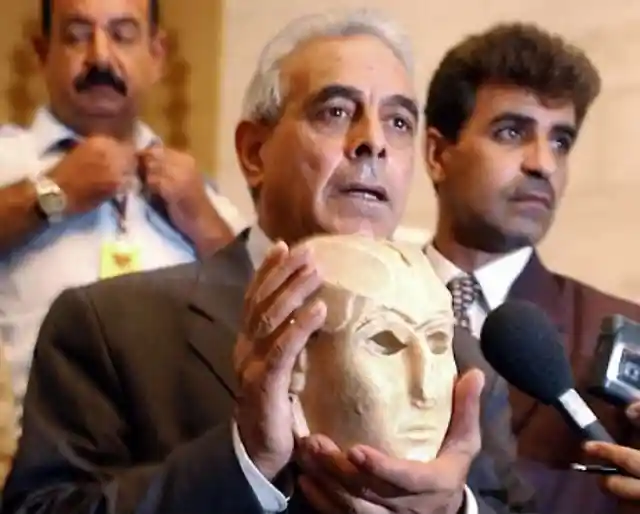
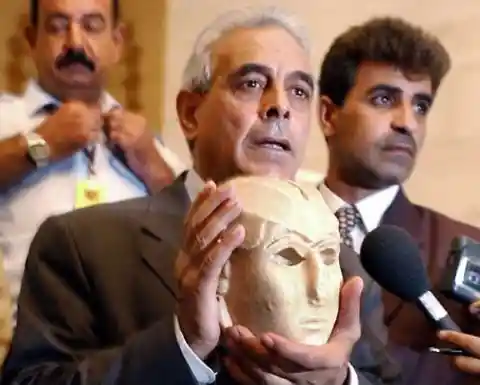
Even though the mask itself now was valuable, it would have been worth even more 5,200 years ago
3. The Ancient Civilization
According to historians, the Sumerian civilization where the mask originated from was the first civilization to invent writing.
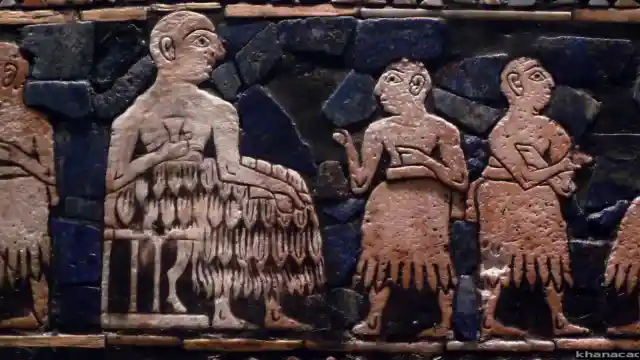
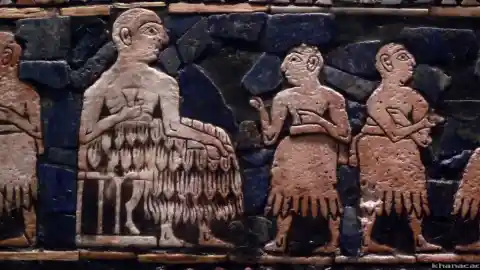
Therefore, the mask was a symbol of the people at that time and of a nation reborn.
2. Returned Home
The Iraqi National Museum in Baghdad was thrilled and very thankful to see the Mask of Warka returned to its rightful place, although there was little celebration or fanfare.
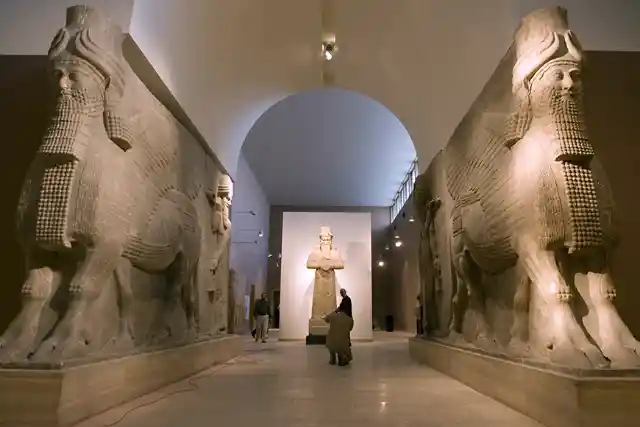
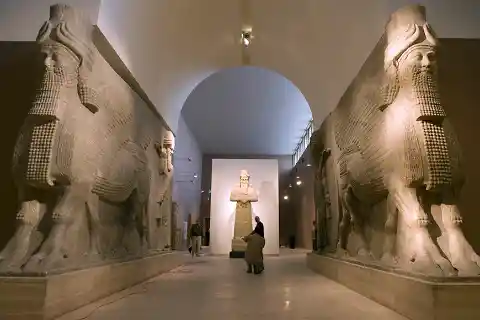
The country was still embroiled in violent conflict, but the museum was very appreciative of all Bagdanos and his team had done.
1. Back Where She Belongs
It was a sight to behold to see the stunning mask back in her case for both the workers and visitors to enjoy.
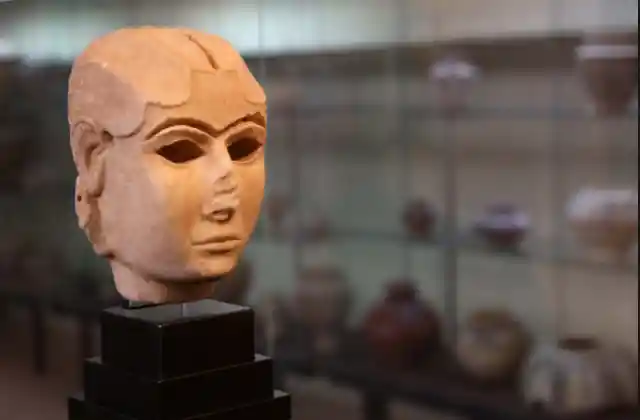
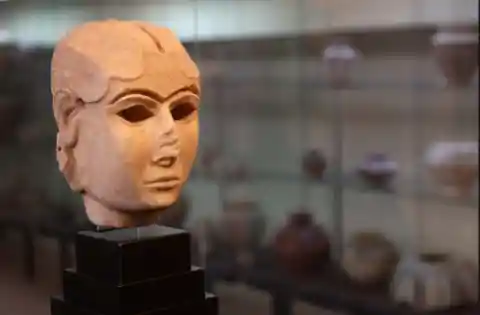
Despite being dirtier and stained, she still was a mesmerizing piece of art. A piece of Iraq’s history that had been lost, but thankfully found.